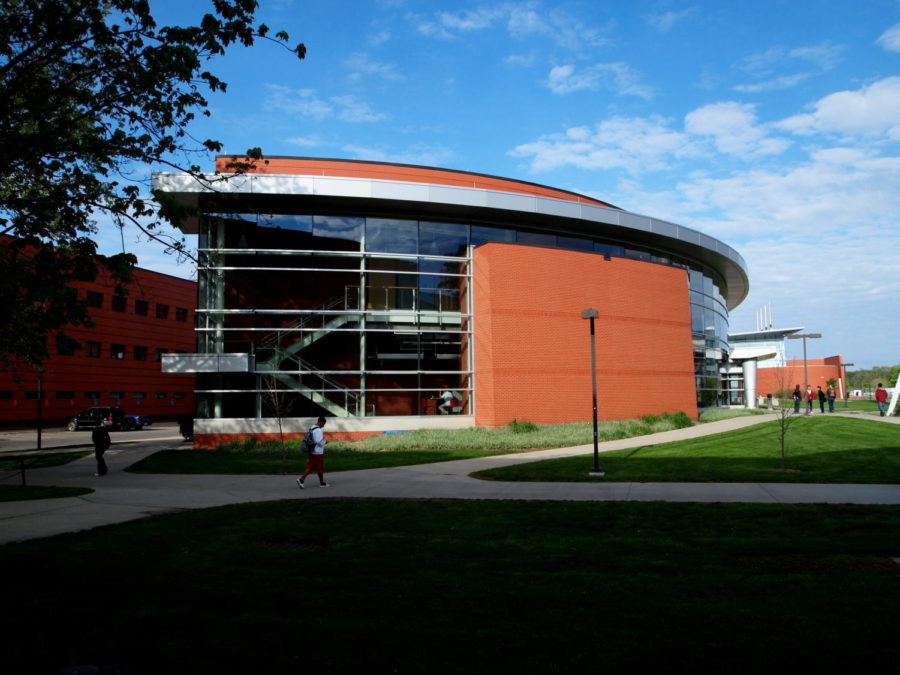Iowa State researchers develop strategy to de-alloy metals and collect electronic waste
March 5, 2021
Iowa State researchers began working on a project to de-alloy metals in a simplified way in 2017. This process could make collecting electronic waste easier than ever before.
De-alloying metals is a way to separate metals and purify them. Iowa State researchers worked together on a team to create a process that would be easy and applicable on a local level. Martin Thuo, associate professor of materials science and engineering, said he sees this as a project to empower people in the local environment.
Metal waste is scattered around in a way that makes it difficult to collect the materials. This project uses extreme heat to extract different metals from an alloy. The metal emerges in a stalagmite-shaped cone that is covered in an oxidized cone from the process.
“This work demonstrates the controlled behavior of surface,” Thuo said. “It is like a cloud-sourced way of recycling metal.”
The project was intended by its researchers to be used with ordinary materials. The intention was for it to be used by a local community and not outsourced to larger companies, that way the companies can focus on mining materials instead of recycling them.
Not only does this process help with recycling metals, but it is cost-effective compared to other ways of recycling metals.
Thou had been working on this project for a long time with the help of graduate and undergraduate students. There were many preliminary studies and work to be done before they could complete the process.
Andrew Martin, Iowa State graduate with a doctorate in materials science and engineering, helped co-author the paper that has recently been published in multiple journals.
“My favorite aspect of the project was the openness of it all,” Martin said.
This project has the ability to be applied to different materials as well, but its primary function could be used to collect precious metals from electronic waste.
As it moved into the post-experimental stage, Martin was able to become the first author of their paper, “Passion-driven speciation, dealloying and purification.” The paper was published online in Materials Horizons on Jan. 19.
“This work demonstrates the controlled behavior of surface oxidation in metals and its potential in design of new particle structures of purification/dealloying,” according to the paper.
Martin credits the success to good teamwork and a good mentorship between himself and the other team members. He also sees this project as a great opportunity for education because of the simplistic design.
“It makes it easy to jump into,” Martin said. The simplistic design was what the team was hoping to accomplish through their research.
















